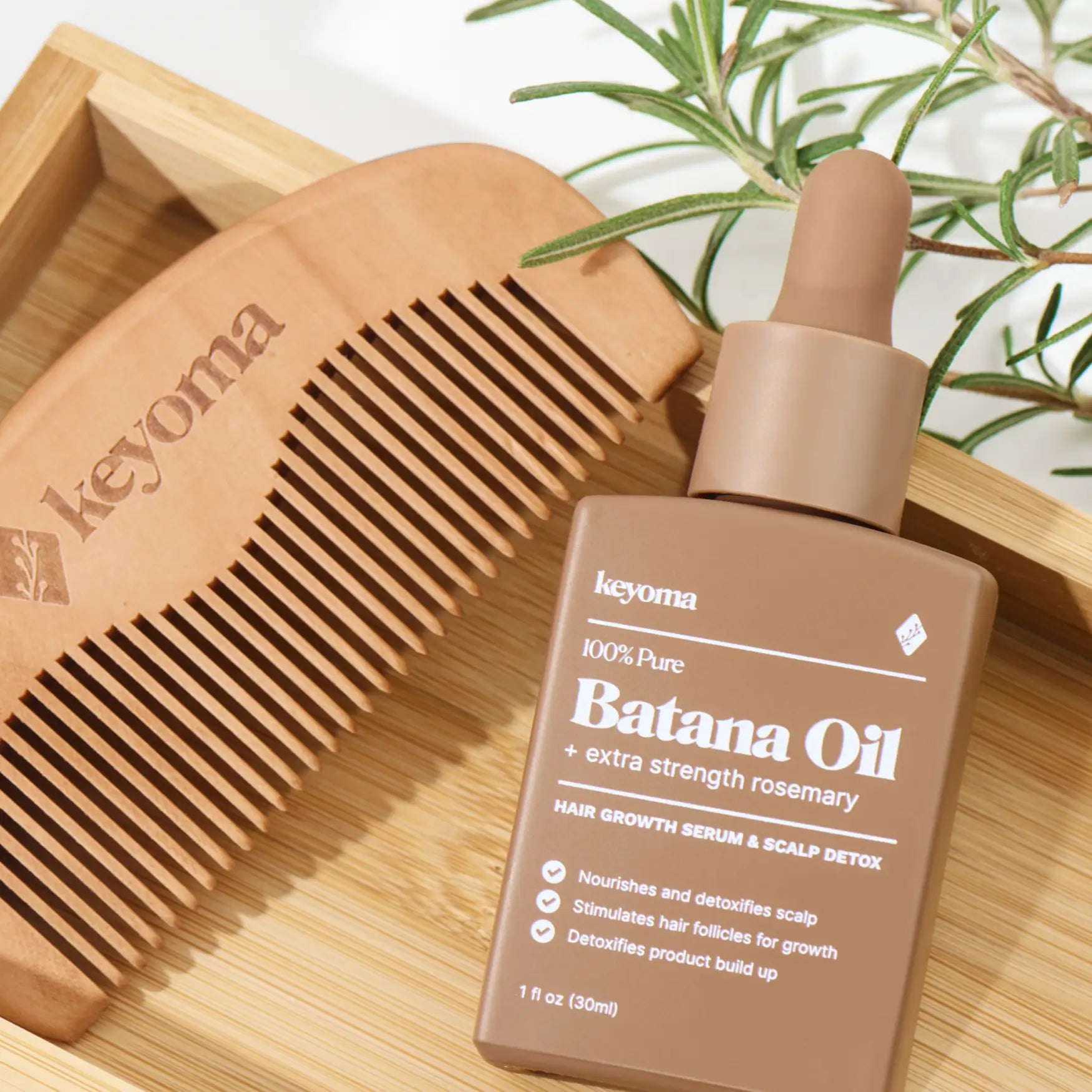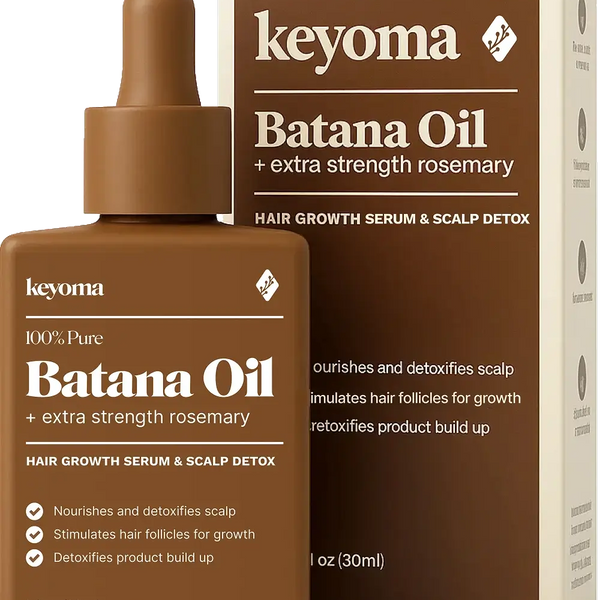In this article
Thinning hair or scalp scars bothering you? You're not alone in wanting a solution that boosts your confidence. Scalp micropigmentation (SMP) offers a non-surgical option to create the look of fuller hair.
We wrote this article to help you understand what it is, how it works, and how to choose a skilled technician. Let’s explore how SMP can help you achieve the look you desire and regain your confidence.
Key Takeaways
-
Scalp micropigmentation deposits tiny pigment dots to mimic hair and conceal thinning or scars.
-
Works best on fully shaved heads or low-density hair to improve coverage.
-
High contrast hair and skin enhances results, while scar camouflage demands experienced technique.
-
Unlicensed providers increase risks, verify training, review work, discuss allergies, avoid keloids.
What Is Scalp Micropigmentation?
Scalp micropigmentation is a cosmetic option for thinning hair or hair loss It’s sometimes called a hair tattoo. A trained technician uses very fine needles to place tiny dots of pigment on your scalp. The dot pattern makes hair look thicker. The pigments used are permanent, cosmetic-grade inks.
When an experienced technician performs the treatment, scalp micropigmentation can hide thin areas on your scalp. It can also cover birthmarks or scars. For people who are bald, the look can mimic a shaved head or a buzz cut. The process is noninvasive and doesn’t require surgery or anesthesia.
Common SMP Regrets and What to Do Instead
These are some common scalp micropigmentation regrets:
-
Not going with an experienced technician
-
Poor scalp micropigmentation technique
-
Undesirable hairline design
-
Incorrect equipment
-
Choosing the wrong pigment
-
Not following aftercare instructions
-
Unrealistic expectations
-
Waiting too long to get scalp micropigmentation
Below, you’ll learn why to avoid these errors and how to secure natural-looking results. With careful planning, you can avoid a major scalp micropigmentation fail.
How SMP Complements Hair Surgery for Optimal Results

Before you double down on grafts, consider how pigment can do the heavy lifting on coverage while surgery adds feel. For a close-cropped style, some clinics pair SMP with a small hairline or crown placement at roughly 10 to 20 grafts per square centimeter to give real texture without chasing density everywhere. Plan your shaved look.
Shaved Hair
SMP tends to work best as an all-or-none approach. It looks convincing on a fully shaved head because it can fill bare areas to match the look of stubble. The artist adds dots to match the surrounding density across the back, top, and front.
In many cases, patients either skip surgery or add a limited number of hair transplants (10-20 grafts/cm2 is a reasonable density target) at the hairline or crown to boost texture. Feeling a bit of real hair helps some patients enjoy the “shaved look.”
Low-Density Hair
SMP also helps when hair covers the scalp (over 20 grafts/cm2) but density is lacking. If someone already had a transplant yet didn’t reach their density goal, SMP is often the next step. People who see too much scalp but lack space for hair grafts surgically without risking existing follicles often find that SMP improves the entire area without surgery.
High Contrast Between Hair and Scalp
SMP often shines when hair color strongly contrasts with scalp skin because the effect relies on optical illusion. Very dark hair on a light scalp is a prime fit.
Lighter shades, gray or white hair, and even dyed colors can do well when the correct grayscale pigment is chosen. Many practitioners perform a small test patch to confirm the best match.
Concealing Hair Transplant Scars
SMP is commonly used to blur hair-surgery scars. Whether it’s the dotted pattern from a follicular unit excision (FUE) surgery, or the linear scar from the traditional surgery method, SMP can lessen a scar’s visibility and sometimes make it hard to notice.
Scars are demanding areas to treat and require extra skill because pigment can spread, fade, or change tone unpredictably.
How to Avoid Scalp Micropigmentation Failures
Scalp micropigmentation is a non surgical treatment that involves tattooing the scalp to create the look of natural hair follicles and reduce the appearance of hair loss.
As with any treatment, some people regret micropigmentation scalp tattoos. But doing your research and making an informed decision can help you avoid scalp micropigmentation regrets.
Keep these points in mind:
-
Experience matters. Inexperienced hands can create unnatural dots and raise infection risk. Study past work to judge skill level.
-
Consult your technician before committing to the treatment. Make sure you’re going with the correct pigment choice and hairline design. A skilled technician will be comfortable talking through your options.
-
Set realistic expectations. Pigment alone won’t fully solve hair loss; review photos to see typical results.
SMP can help make thinning hair look fuller, but it can’t completely fill in bald patches or a receding hairline. Consider pairing SMP with proven hair loss treatments like finasteride and minoxidil that can promote a healthy hair growth cycle.
Is Scalp Micropigmentation Safe?
As with most medical treatments, SMP carries some risks.
Micropigmentation isn’t technically a tattoo; tattoo ink sits deeper and uses a thicker needle. Even so, SMP and other permanent makeup carry similar risks. These include allergies to pigment ingredients and infection related to tattoo ink.
There’s no formal training required to be an SMP artist, and the same applies to microblading. That’s why you must do careful due diligence when choosing a practitioner.
The biggest risks are associated with using an unlicensed or inexperienced technician. These risks include:
-
Allergic reaction to the pigments used
-
Unnatural appearance
-
Infection from needles that aren't properly cleaned between sessions
You can reduce these risks by taking the following precautions:
-
Only use a licensed technician who is experienced in scalp micropigmentation
-
Ask to see examples of the technician's work
-
Discuss all of your allergies with your technician before your treatment
-
Avoid scalp micropigmentation if you tend to form keloids (large scars)
Make An Informed Hair Care Choices With Keyoma
Experience matters, but don't let that paralyze you. The biggest risk comes from unlicensed or inexperienced providers, potentially leading to unnatural looks or infections.
Minimize the risks and ensure satisfactory results with our guide. Want more insights and tips? Check out Keyoma's Hair Care blog.
Featured Product
100% Pure Batana Oil + Rosemary









